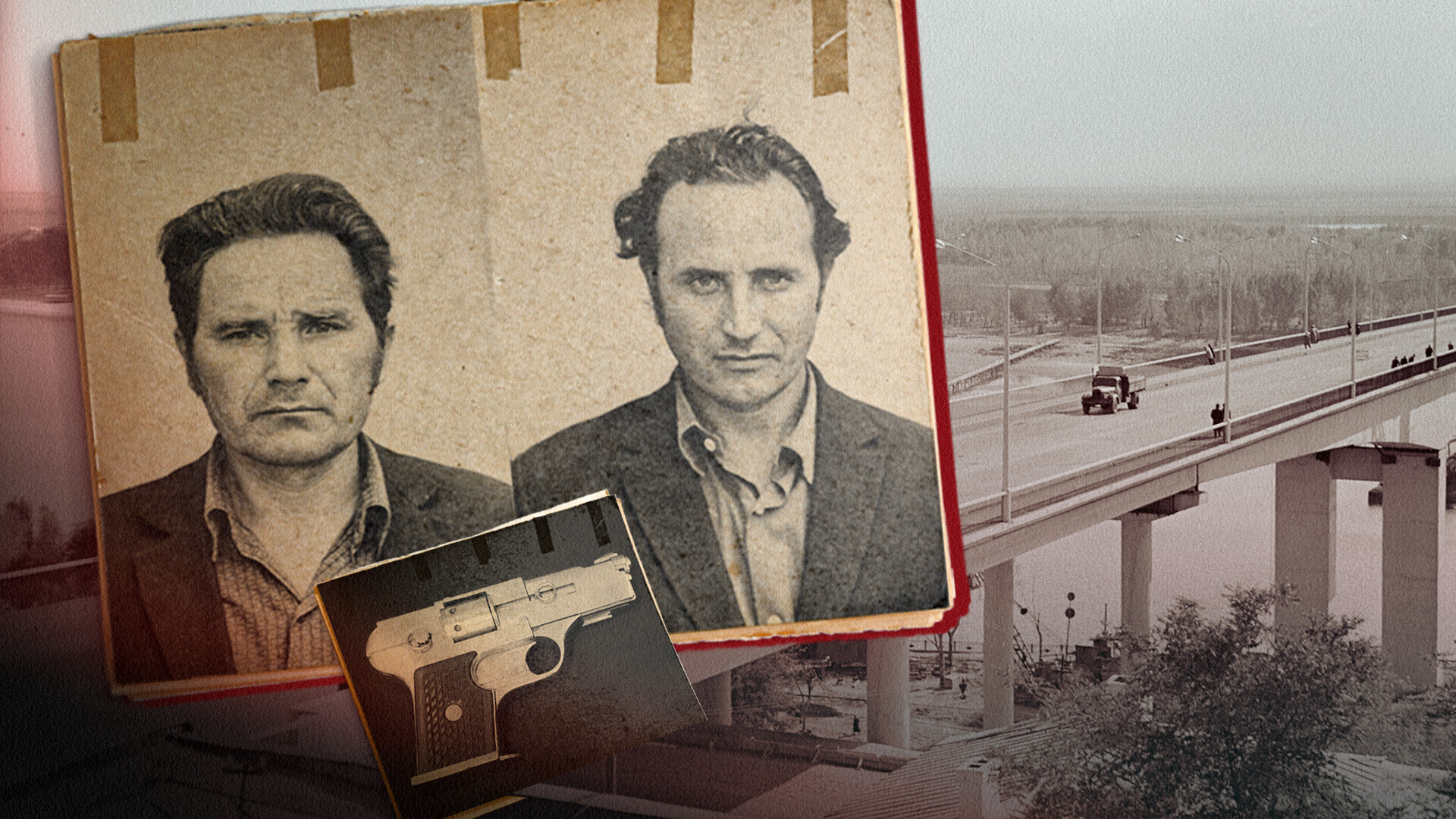
Odessa has been “famous” for its gangster traditions since the days of the Russian Empire. Criminal masterminds, such as Misha Yaponchik and Sofia Blyuvshtein (better known as ‘Sonya Golden Hand’) were based there.
In Soviet times, the crime rate in the “pearl by the sea” did not improve much. In fact, after World War II, it became even worse. The number of criminals exceeded many times the number of law enforcement officers.
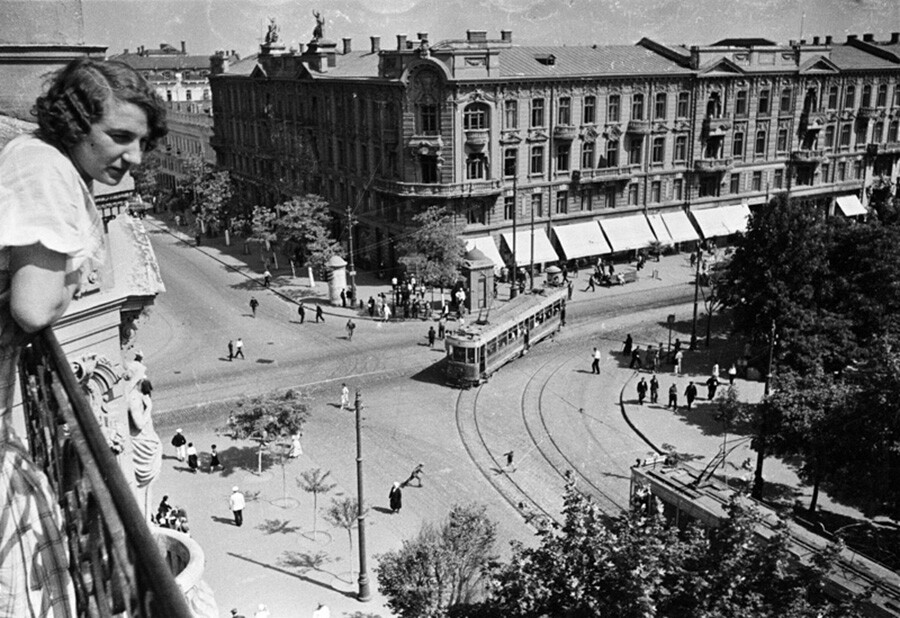
Odessa in 1936.
Arkady Shaikhet/Private collectionOnly a very desperate person or a visitor unfamiliar with the local environment would walk through the streets of Odessa at night. However, even a house was not always a safe place to be. Gangs like the ‘Chernaya Koshka’ (‘Black Cat’) and ‘Dodzh 3/4’ (‘Dodge 3/4’) repeatedly raided apartments, sometimes brutally massacring entire families, before disappearing without a trace into an extensive network of catacombs in former quarries under the city.
Finally, Soviet authorities decided to eradicate local crime. The Armed Forces were called in to solve the problem. The military was directly affected by crime in Odessa, as it was not uncommon for Soviet Army officers who had come to the resort town for vacation to become victims themselves.
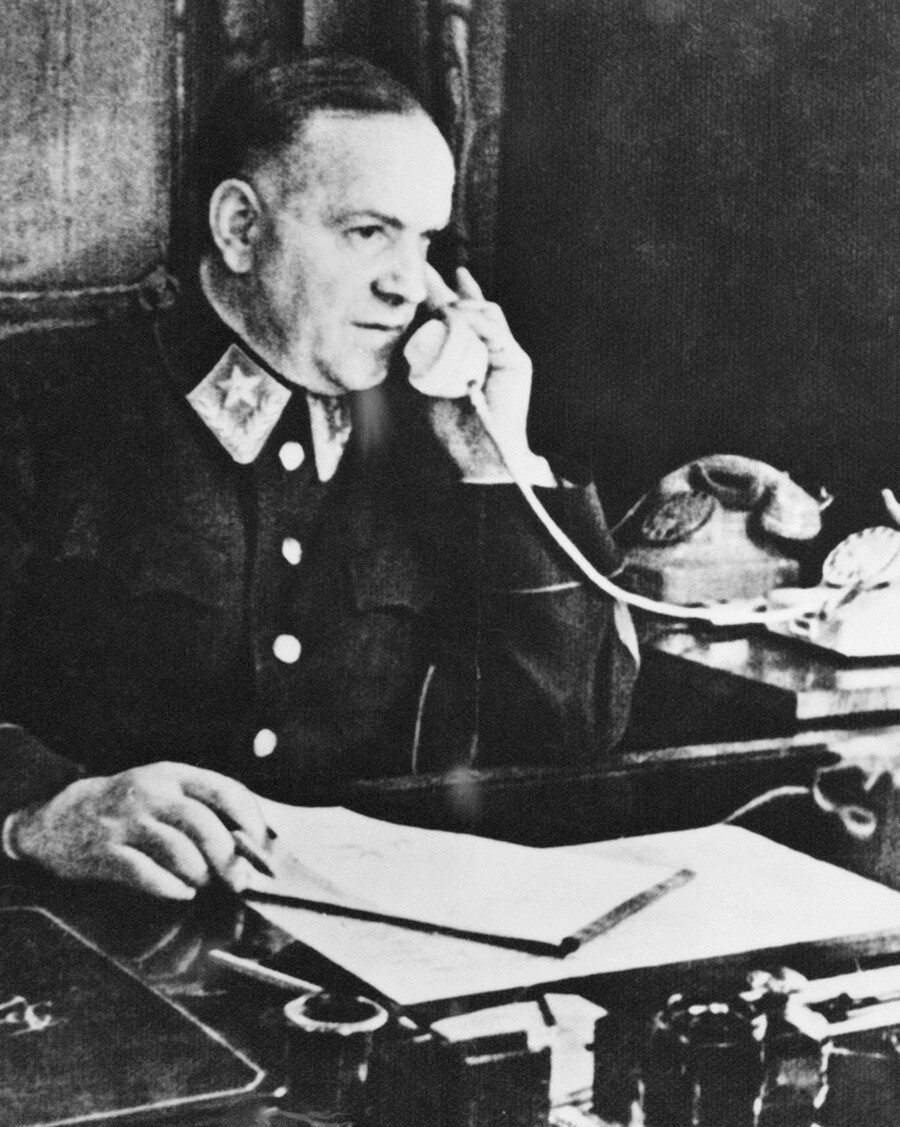
Marshal Georgy Zhukov.
TASSIn 1946, “Victory Marshal” Georgy Zhukov arrived in Odessa and was appointed commander of the Odessa district troops. For him, the new position was a de facto exile, since Stalin wished to move the overly popular military commander further away from the capital.
Legend says that Zhukov initiated a secret operation called ‘Masquerade’ in Odessa. Police and military intelligence officers would disguise themselves in civilian clothes and set out on the city streets at night as bait to catch criminals. Those who tried to rob them were shot without warning. Allegedly, hundreds of criminals were exterminated in this manner over the course of a few months.
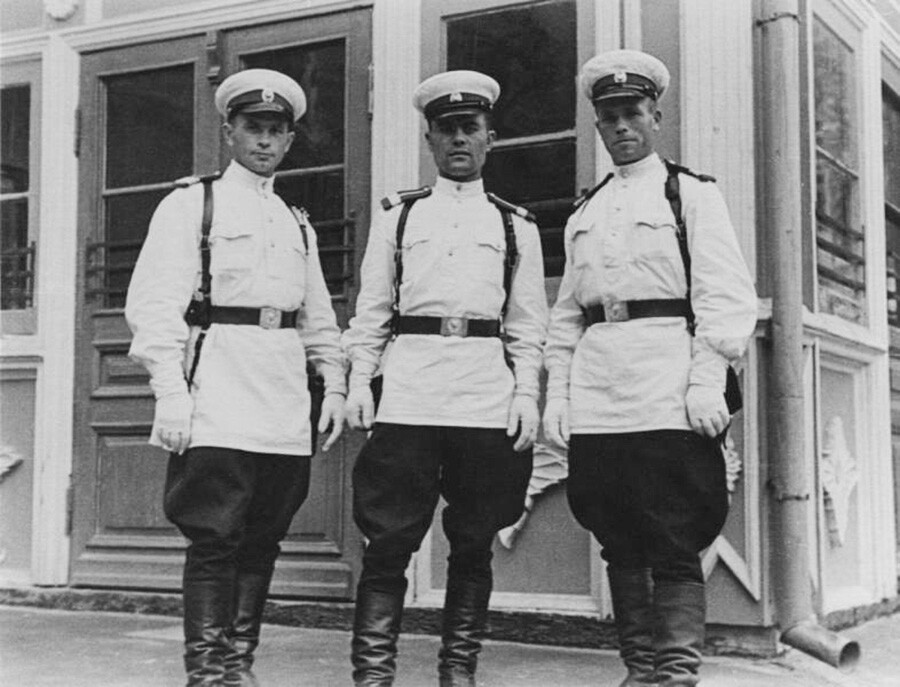
Soviet police.
MАММ/МDF/russiainphoto.ruEven though the reality of this operation is questioned today, the defeat of Odessa’s criminal underworld by the Marshal in a short period of time is an undisputed fact.
Rostov-on-Don was always Odessa’s main competitor in the fight for the title of criminal capital of the Russian Empire. The criminal worlds of the two cities were so closely intertwined that there was even an expression among gangsters: “Rostov-papa, Odessa-mama”.
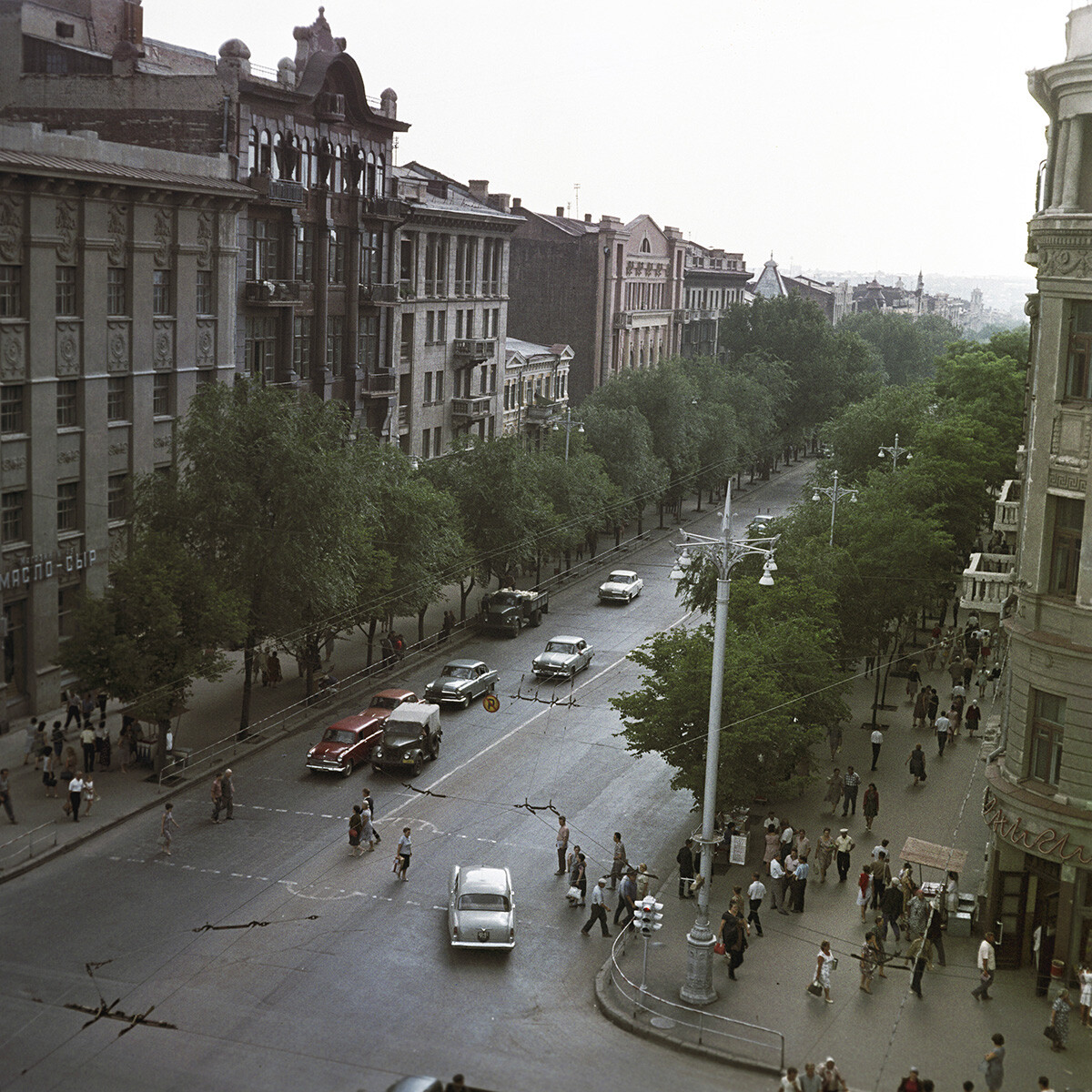
Rostov-on-Don in 1965.
A.Cheprunov/SputnikThe Rostov criminals became widely known across the Soviet Union in the late 1960s. It was then that the so-called ‘Fantômas’ gang was set up, which was probably the most inventive criminal group in Soviet history. They broke into stores and offices of the State Bank, armed with unique custom-made pistols and wearing black stockings on their heads (hence the name).
The gangsters’ actions were so coherent that, for a while, the police even suspected ‘Fantômas’ of having ties to Western intelligence services. In 1973, all three members of the elusive gang were captured, convicted and executed by firing squad.
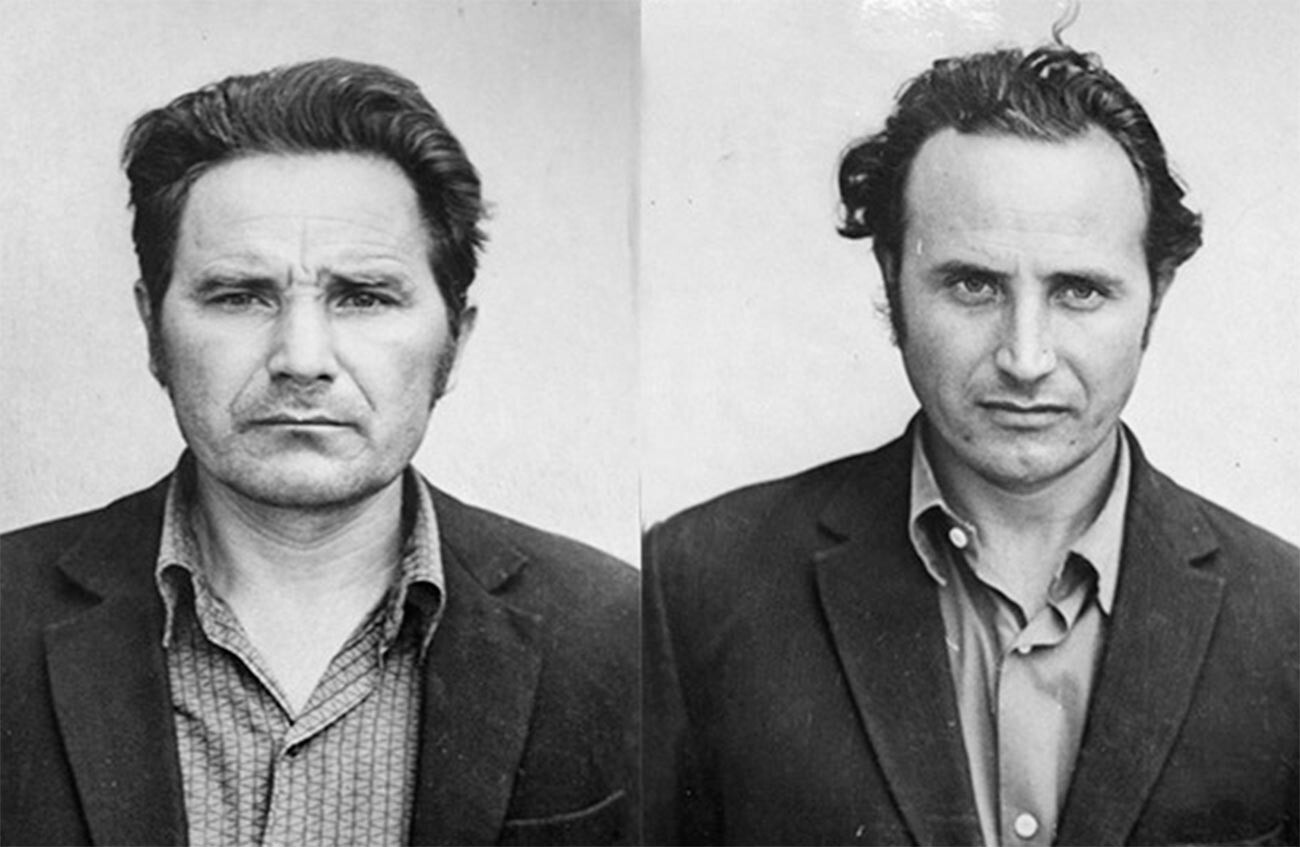
Members of ‘Fantômas’ gang.
Magistr4815 (CC BY-SA 4.0)In 1979, to replace ‘Fantômas’, who accounted for fourteen armed robberies and two murders, a much more brutal gang appeared called ‘Cherny Kapitan’ (‘Black Captain’). The three Samoilenko brothers and their friend Sergei Lezhennikov made it their business to stop cars on highways, kill the passengers (sometimes entire families), take everything of value and sink the cars in lakes and rivers.
After shooting a police captain dead in one of their attacks, the gang began to use his uniform to ambush unsuspecting drivers. This is how ‘Black Captain’ got its name.
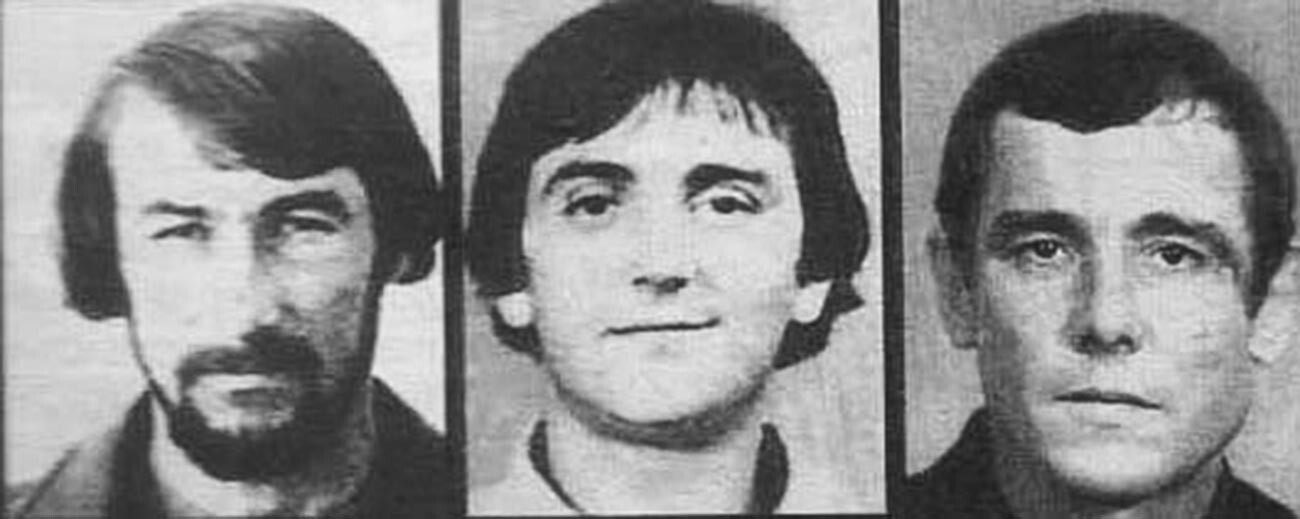
Members of ‘Black Captain’ gang.
Archive of the Ministry of Internal AffairsHowever, the gang did not last long. In March of 1980, all of its members were arrested. One of the brothers died in a SIZO (pre-trial detention center) cell from cirrhosis of the liver. The other two were executed. Lezhennikov managed to get away with fifteen years in prison.
The city almost breathed a sigh of relief with the arrests when new attacks started to happen. Dressed in medical uniforms, bandits began to break into apartments, robbing and killing their owners. This is how the ‘Banda Sanitarov’ (‘Band of Orderlies’) came to be, a gang that made residents afraid of opening their doors to doctors.
In addition to looting, the ‘Orderlies’ were actively involved in the drug trade in Rostov-on-Don, having managed to acquire influential patrons in law enforcement structures. These patrons helped dozens of criminals get away with what they did, before the police finally managed to nail the gang down. Only one of the suspects was sentenced to capital punishment (death), a few received up to fifteen years in prison, but most got off lightly.
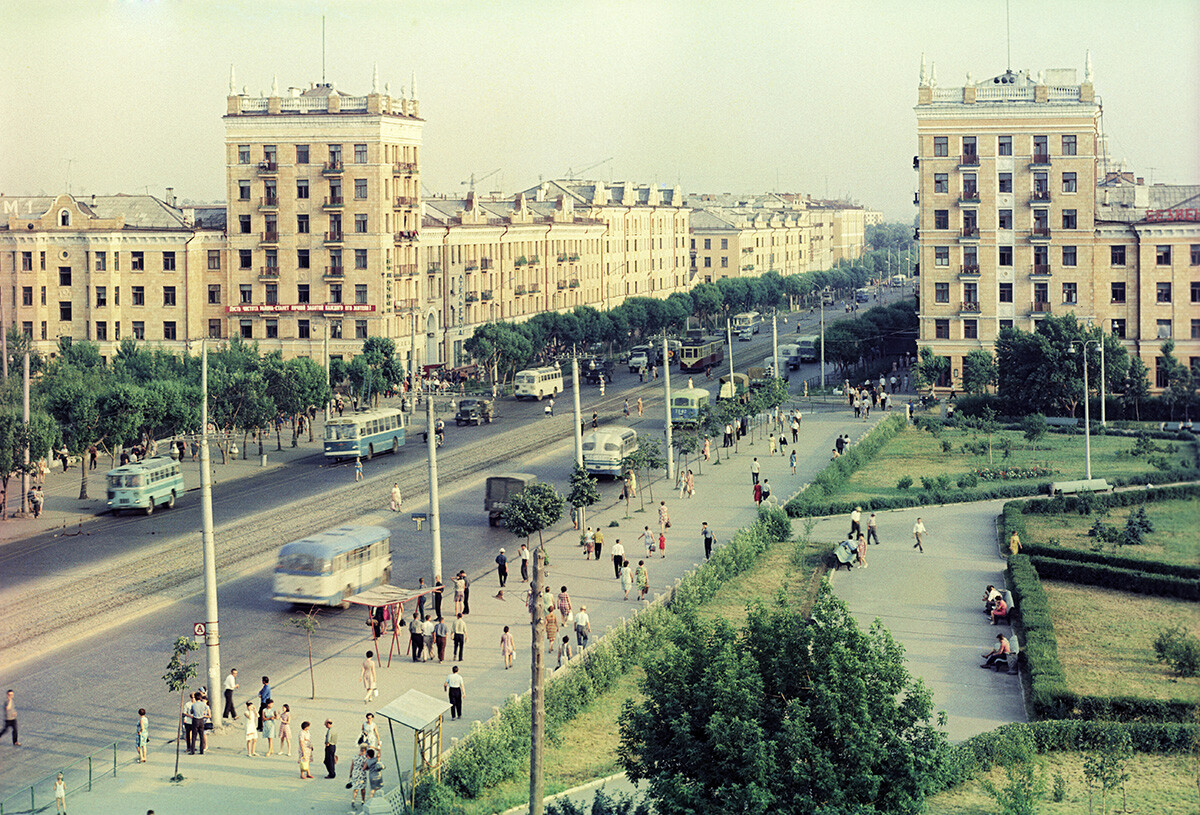
Soviet Kazan.
Ivan Denisenko/SputnikKazan has always enjoyed great popularity among Soviet tourists. However, in the 1970s, the public saw this beautiful ancient city in a completely different light.
The capital of the Tatar ASSR drowned in a wave of youth crime. Numerous gangs fought for power and influence among themselves while terrorizing the local population through robbery, murder, rape and car theft.
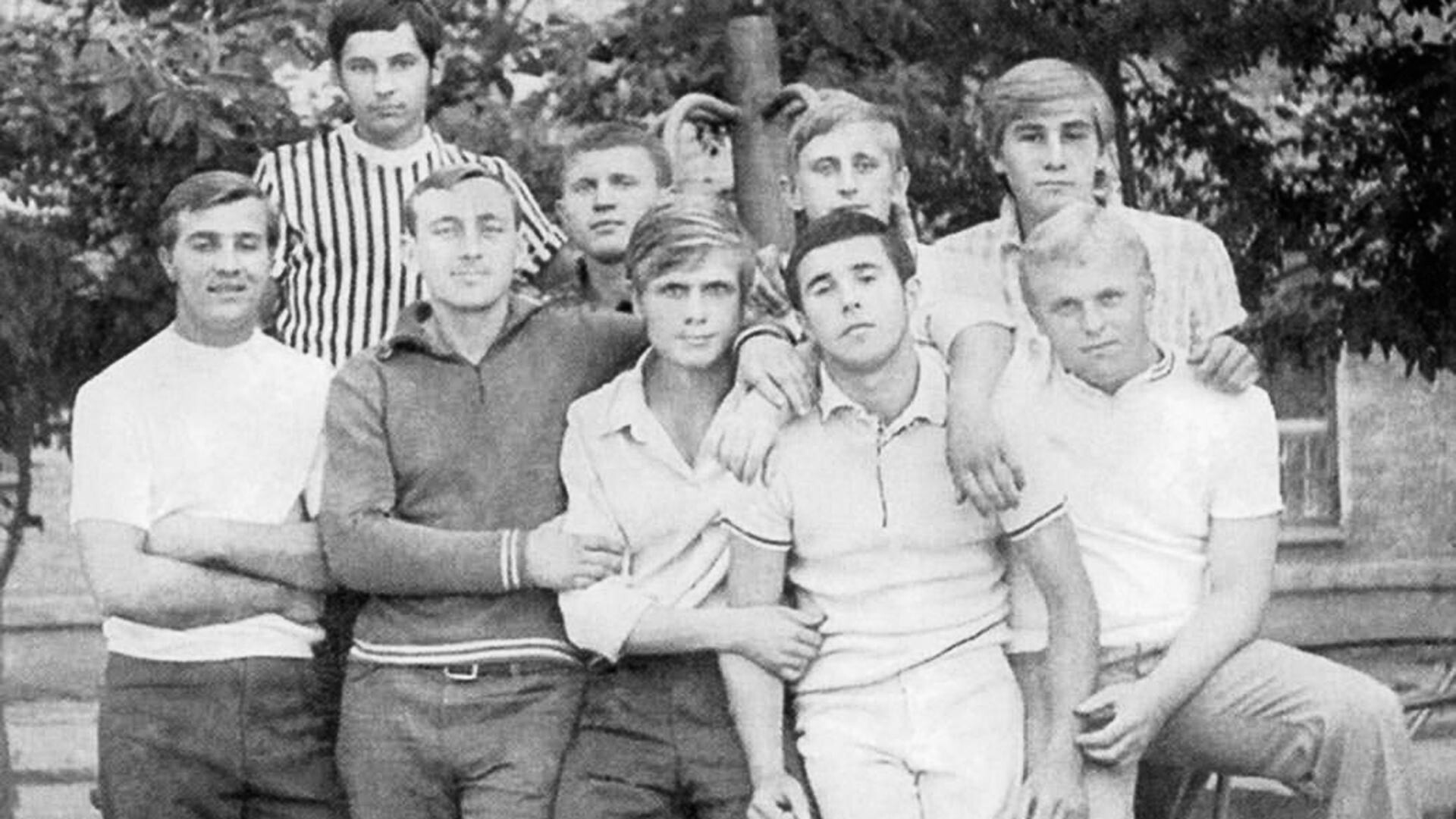
‘Tyap Lyap’ gang.
The Ministry of Internal Affairs (Tatarstan)The most powerful gang at the time was ‘Tyap Lyap’ from the Teplokontrol plant district. Young people who did not drink or smoke (it was strictly forbidden) lived in gyms equipped in the basements of houses. With more than three hundred well-trained fighters, the group easily rose to the forefront of the city’s underworld.
In addition to beating up their rivals from other districts, ‘Tyap Lyap’ liked to organize so-called “runs”. Armed with whatever they could, they would beat anyone who got in their way.
On August 29, 1978, one of such “runs” tested the patience of the local police. The gang opened fire on a passenger bus, killing several people and injuring many more passersby, including a pregnant woman. Three policemen who tried to stop the criminals were also seriously wounded.
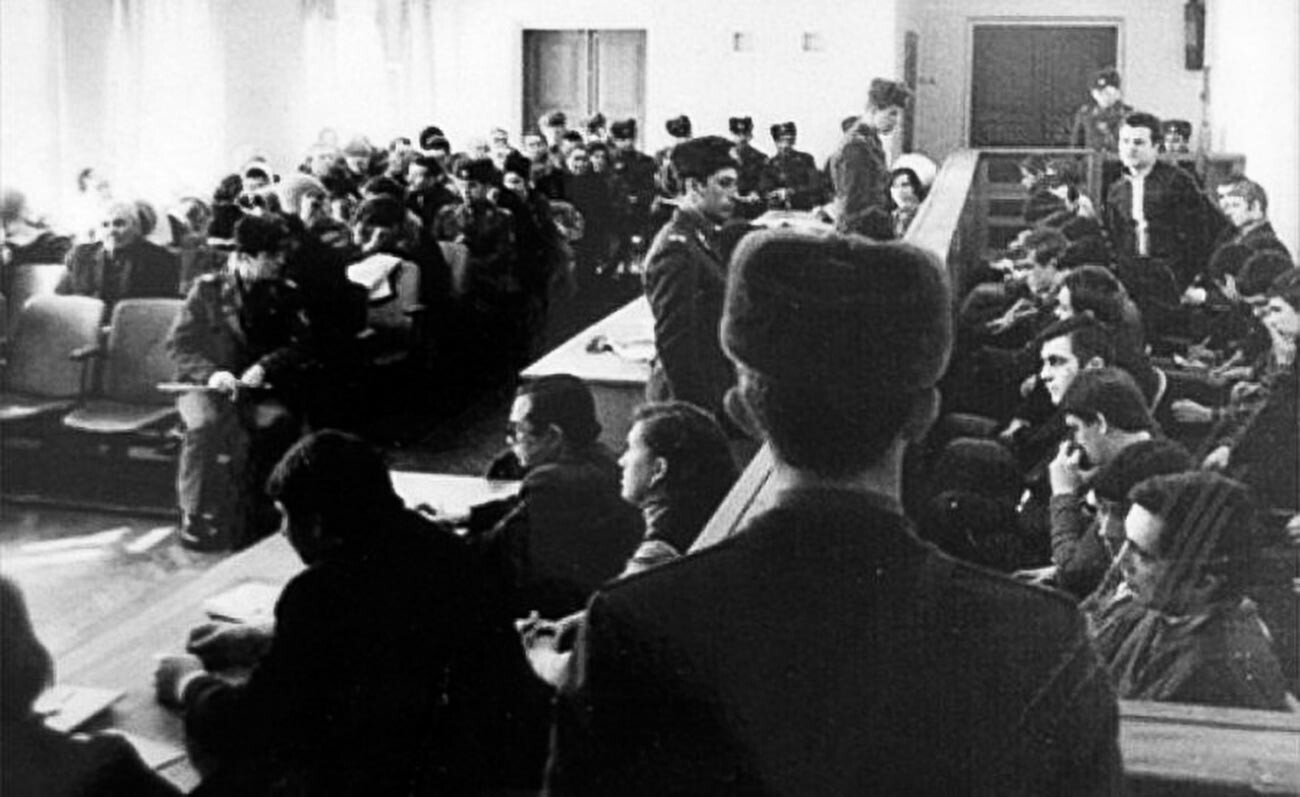
Trial of ‘Tyap Lyap’ gang.
The Ministry of Internal Affairs (Tatarstan)The law enforcement declared a real war on the ‘Tyap Lyap’ gang. Several dozen of its members soon found themselves in court and received various sentences. One of the three leaders of the group, Zavdat Khantemirov (“Djavda”), was executed by firing squad.
Two other ringleaders, Sergei Antipov (‘Antip’) and Sergei Skryabin (‘Skryaba’), after serving time in prison, returned to their favorite practices, but as part of other criminal groups. Both of them presumably perished during the ruthless gang wars that engulfed Russia after the collapse of the Soviet Union.
Dear readers,
Our website and social media accounts are under threat of being restricted or banned, due to the current circumstances. So, to keep up with our latest content, simply do the following:
If using any of Russia Beyond's content, partly or in full, always provide an active hyperlink to the original material.
Subscribe
to our newsletter!
Get the week's best stories straight to your inbox